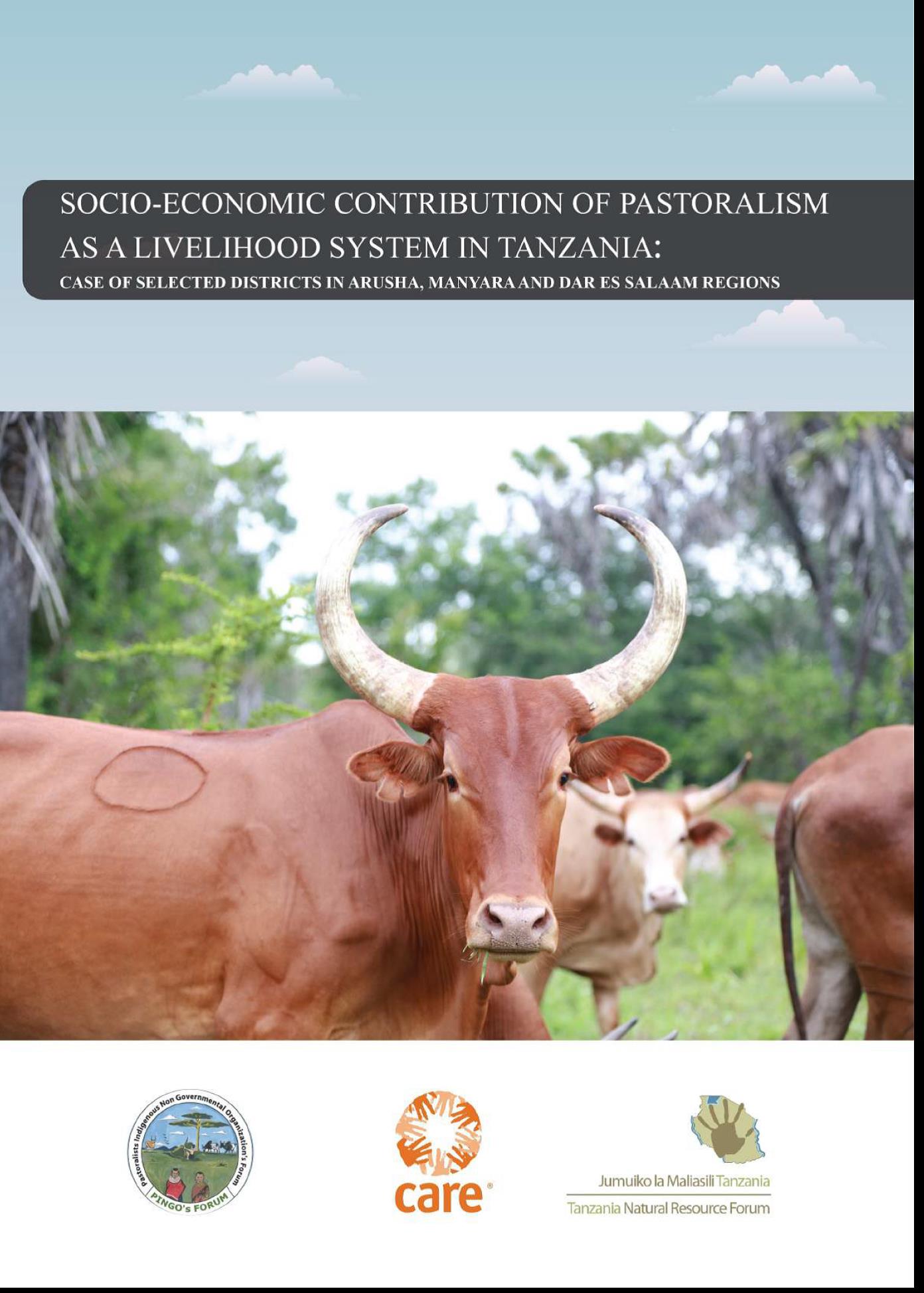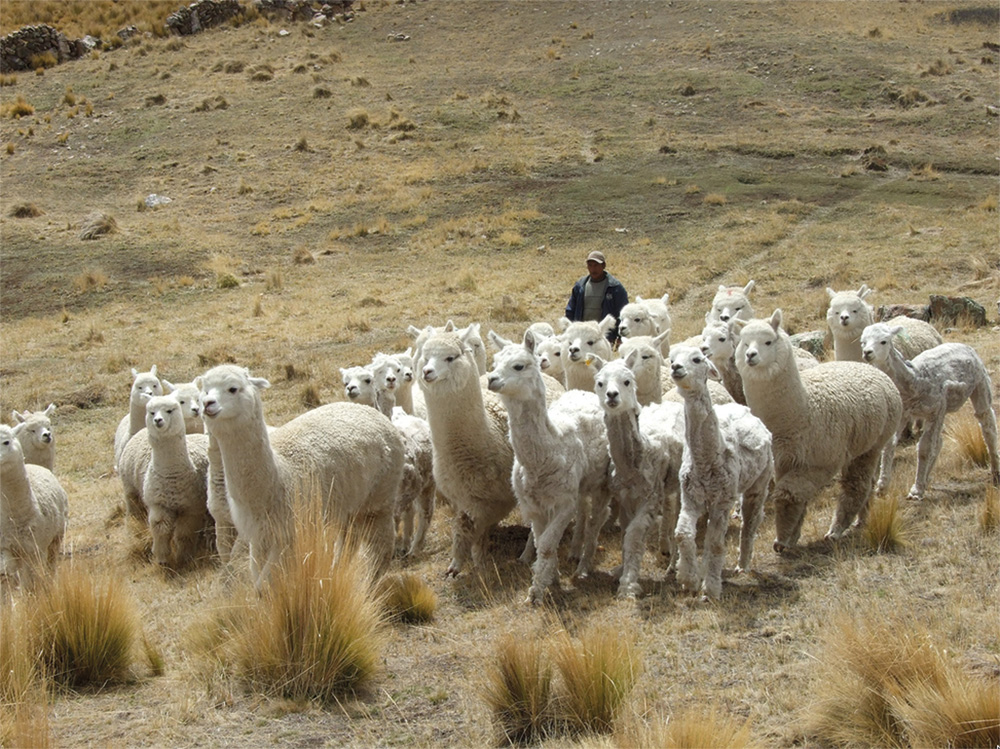Pastoreo y caza de camélidos en el Temprano de la Puna de Salta: Datos osteométricos del sitio Matancillas 2
Los camélidos fueron los recursos faunísticos más importantes para las poblaciones puneñas a lo largo de toda su historia cultural. Así lo indican los registros arqueofaunísticos de la mayoría de los sitios analizados en el Noroeste argentino. Para el Temprano (2500-1350 AP.), la existencia de una diversificación de las estrategias económicas no habría impedido seguir consumiendo mayoritariamente camélidos; más aún, las estrategias pastoriles y cazadoras se habrían centrado en estos recursos.
Soci0-Economic Contribution of Pastoralism as a Livelihood System in Tanzania
Tanzania is endowed with numerous resources including livestock. It is number three country in Africa in terms of livestock population after Ethiopia and Sudan. Currently, the country (Tanzania) has more than 22 million livestock, of which at least 95% are indigenous animals kept under traditional livelihood model known as indigenous pastoralism. At least 70% of Tanzanians earn their living through agro-pastoralism whereby around 40% of them entirely practices indigenous pastoralism.
Living in and from the forests of central Africa
This brief is based on http://www.fao.org/3/a-i6399f.pdf">Vivre et se Nourrir de la foret en Afrique centrale
National Agricultural Sector Strategy (2017-2022) “Resilience and Sustainable Development”.
Based on the review of the Agricultural Sector Strategy of 2014-2016, and the National Policy Agenda, the National Development Plan (2017-2022) prepared by the Ministry of Agriculture is a nation-wide sectoral document consisting of two key components. The first component is the national policy agenda, which sets out the national vision, priorities and policies.
Ley Nº 1.306 – Ley de trashumancia.
El objeto de la presente Ley es garantizar el derecho de las familias trashumantes de la Provincia del Neuquén a transitar con su ganado por las huellas de arreo, para trasladarse de las zonas de invernada a las de veranada y viceversa, en trashumancia, conservando el ambiente y respetando el patrimonio natural y cultural de la zona.
Grupo Centurión: el acceso a la tierra en el noreste ganadero del Uruguay
El caso del Grupo Centurión hace referencia al acceso colectivo de ocho asalariados rurales y pequeños productores rurales a un campo ganadero en régimen de pastoreo en la frontera noreste de Uruguay con Brasil, a través del Instituto Nacional de Colonización (INC).
Securing pastoralists’ land tenure rights
Formal land titles are rare in pastoral communities around the world. In the past, this presented hardly any problems, since pastoral land was seen as of little use by most outsiders. But with growing competition for areas legal uncertainty is becoming an increasing threat to the livelihoods of pastoralists.
Technical report of the Vulnerability assessment of Mediterranean forest ecosystem to climate change: Pilot site of Düzlerçamı (Turkey)
This document is the final report for the Turkish pilot site of the component of the project "Maximize the production of goods and services of Mediterranean forest ecosystems in the context of global changes". It contributes to the production of data and development of tools to support decision and management of vulnerable Mediterranean forest ecosystems affected by climate change and the ability of these forest ecosystems to adapt to global change.
Community Land Act, 2016 (No. 27 of 2016).
This Act makes provision for the recognition, protection and registration of community land rights and also provides for conversion of community land, special rights and entitlements with respect to community land, environment and natural resources management of community land and settlement of disputes relating to community land.
Guideline No.2 of 20 July 2016 on the technical criteria of pasture and meadow classification and the procedures of leasing them for livestock feeding.
This Guideline lays down the technical criteria used for the classification of pasture and meadows as well as the procedures to be followed for leasing pasture and meadow areas to individuals or private entities. The classification is used for the preparation of management plans, the update of the pasture cadaster, and the lease contracts with private users. The leasing is done in accordance with the management plans and the rules of protecting pasture ecosystems and the sustainable development of pasture resources.
Decree No.7 of 2016 on the Regulations for the Protection of the Land and Agricultural Environment.
This Decree consisting of 7 articles aims at regulating some articles of the Law No.42 of 2014.Art.1 regulates article 40 of the Law.





